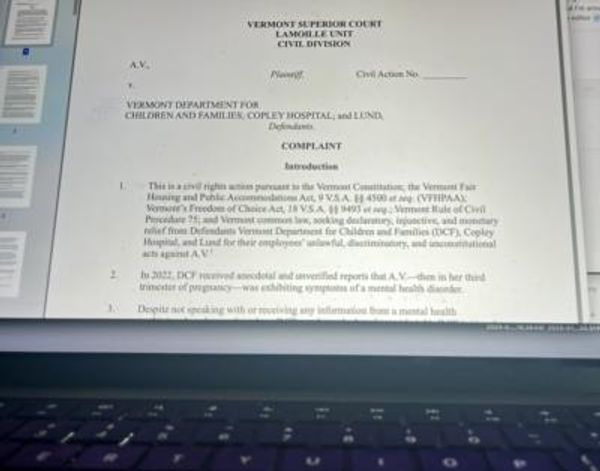
Dangerous sewage pathogens have been found “hitch-hiking” on plastic litter washed up on some of Scotland’s finest bathing beaches, raising concerns from scientists the phenomenon could have far-reaching implications for human health worldwide.
The findings, by the University of Stirling, have confirmed environmentalists’ fears that ubiquitous, persistent and tiny plastic beads, or “nurdles”, found on beaches and in rivers and seas around the world, act as rafts for harmful bacteria, transporting them from sewage outfalls and agricultural runoff to bathing waters and shellfish beds.
The findings raise the potential for “cholera in India to be transported and washed up on a shore in the USA”, according to Dr Richard Quilliam, the study’s principal investigator.
“The danger is that pathogens could be transported over large distances and survive for much longer than normal,” Quilliam said.
“When a pathogen is bound to a piece of plastic it’s going to be protected, as it can hide from things that normally kill it, like UV light.
“And once you are sitting on a piece of plastic that is designed to be persistent for hundreds of years, and you are floating in the ocean currents, you have the opportunity to move great distances.”
The scientists found 45% of nurdles, the size and shape of a lentil, collected from five EU-designated beaches in East Lothian were polluted with E coli, a bacteria that causes diarrhoea and severe cramps. Up to 90% of them were contaminated with Vibrio, which causes gastroenteritis. While harmful in itself, E coli is also an indicator of sewage pollution. On a bathing beach, the contaminated nurdles, also known as “mermaids’ tears”, are a risk to children in particular, the researchers said.
“Understanding and knowing the risks is important,” said Dr Quilliam. “We need to think about exposure rates to humans of pathogens on plastic. Bathing water is regulated by EU directives, which check for E coli in the water. But they don’t check plastic particles that could be contaminated with E coli on the beach. Brightly coloured nurdles are a magnet for children – and you wouldn’t want children putting these in their mouths.”

Nurdles, which can be transparent or brightly coloured, are the bare building blocks of plastic goods, from single use water bottles to television sets, and get into the sea via accidental spillage from shipping containers or lorries. One estimate suggests that up to 53 billion nurdles are released annually in the UK from the plastic industry.
The researchers have only tested for two bacteria, but they believe nurdles could attract other pathogens, such as the rotavirus and norovirus, which also cause gastro-intestinal diseases.
“I would have a very good guess that they do,” said Quilliam, who explained that microbes form biofilms on surfaces and prefer being in biofilms than free-floating. “They bind to other plastic things like water pipes, by binding to the bacteria.”
While it is as yet unknown whether microbial hitchhikers on plastic can survive longer than when floating freely in the sea, “this research is in its infancy”, said Quilliam.
Ecoli can survive between two to four weeks in water, while Vibrio and norovirus can survive for months in the sea.
The research, published in Marine Pollution Bulletin, also raises the prospect of projected increases in seawater temperature increasing the geographical range of “new and emerging diseases”. It calls for improvements to be made to EU bathing water profiles by identifying beach-stranded plastics as a possible source of microbes harmful to human health. Five EU-designated bathing beacheson the Forth Estuary in East Lothian were tested – Longniddry, Gullane, Yellowcraigs, Broad Sands, and Milsey Bay, North Berwick – in June and July last year.
Quilliam and other scientists from the faculty of natural sciences at the University of Stirling, along with the Universities of Bangor and Warwick, have been awarded a £1.85m grant by the Natural Environment Research Council to look at how marine plastics transport bacteria, viruses and toxic algae, and its impact on human health. It will also estimate the amount and composition of microplastics, barely visible pieces of plastic that enter and and pollute the environment through waste water works, passing into UK rivers and the coastal system.







